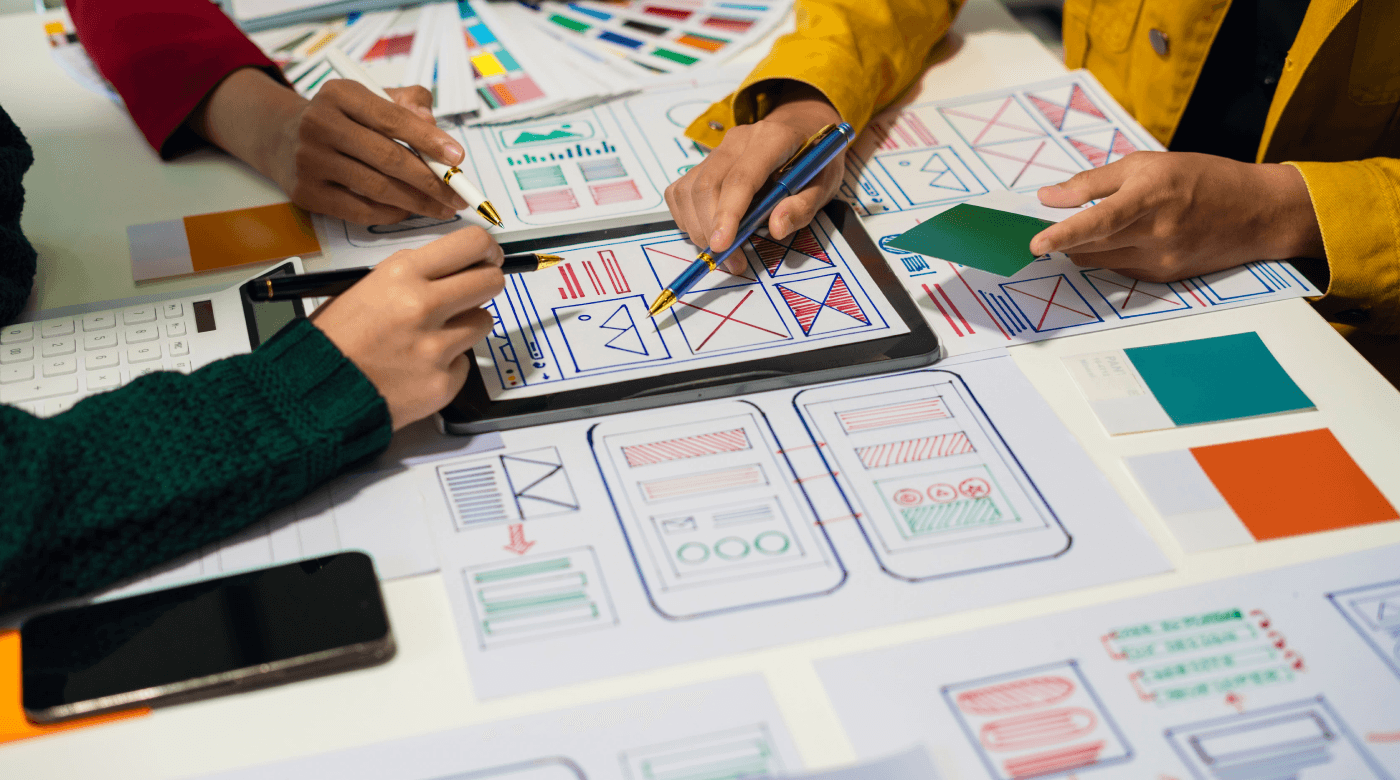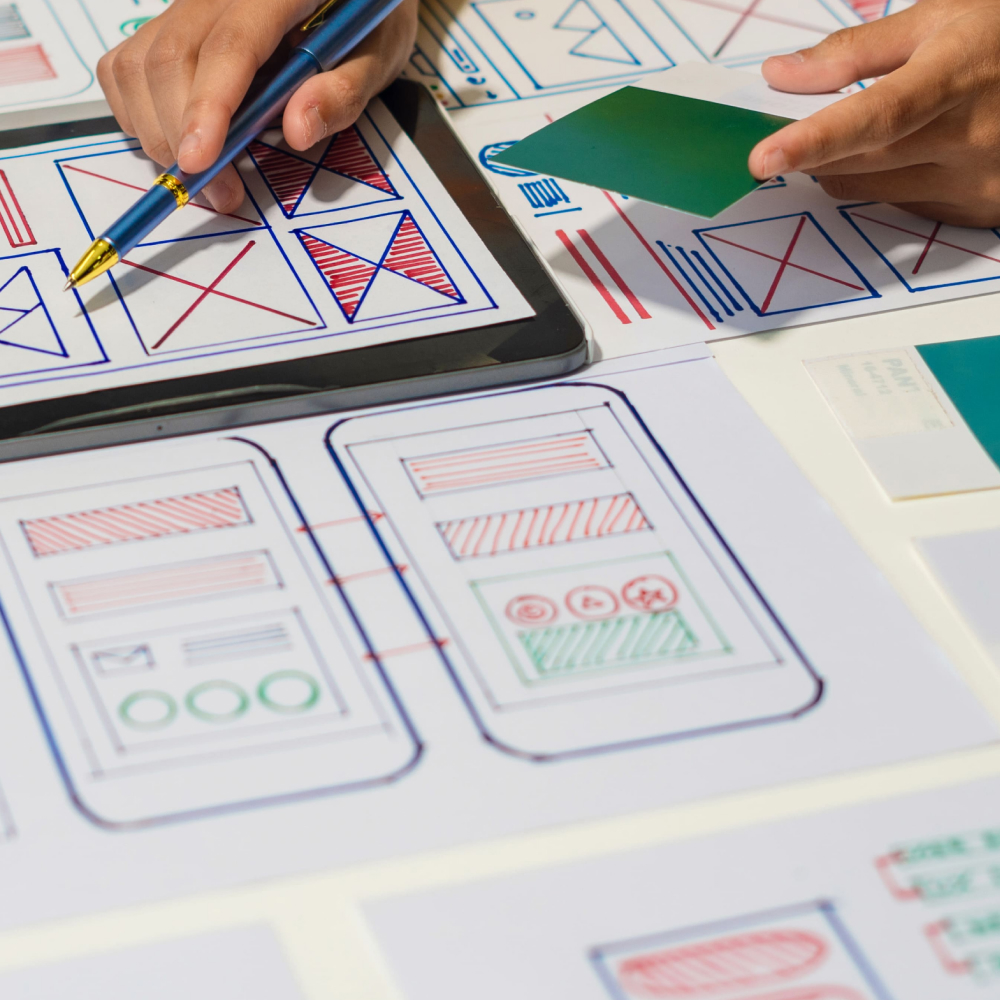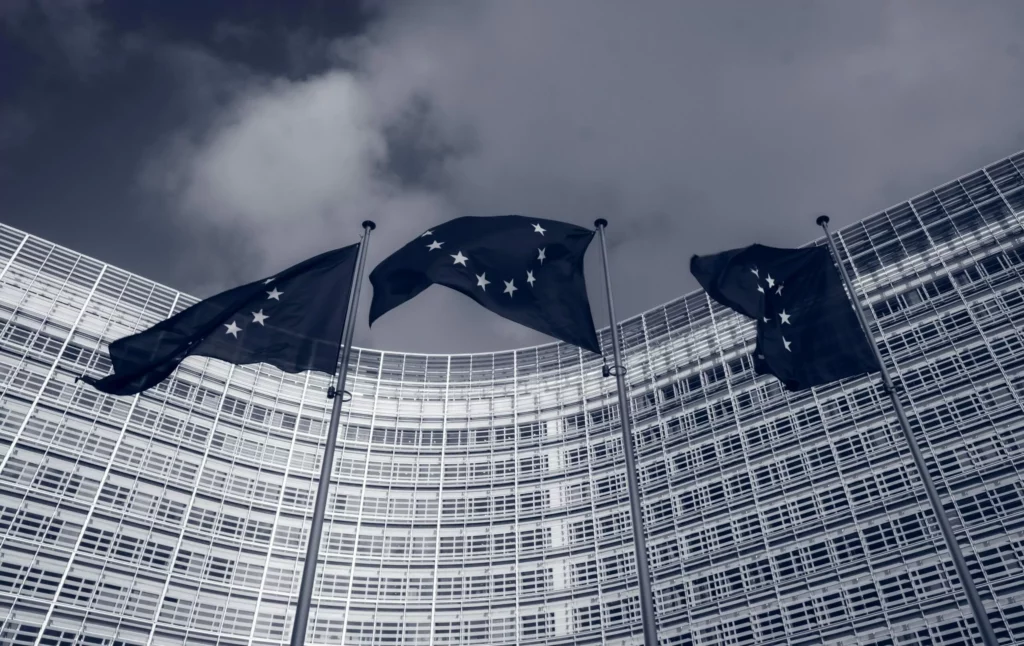“Getting better sprint by sprint.” – Digital product development at dmcgroup using the example of a customer project.
For our customer FAS Research, a leading company in the network-based creation of situation reports and strategies, we are developing the Situation R® software in a joint, agile workflow that has already lasted more than 3 years.
FAS Research uses the software to offer workshops for stakeholders in which consolidated situation reports are created, supported by the use of artificial intelligence and participative coordination processes directly via smartphone. Situation R® therefore enables FAS Research to prepare and conduct these workshops and enables participants to contribute their assessments to the process.
For dmcgroup, the project is a success story that we are proud to share with our partner client FAS Research.
What makes the digital development project a success?
- Project duration of more than 3 years
Despite a difficult starting position and complex technical evaluation at the beginning, iterative development was able to begin quickly
All initial project goals were met or exceeded -
All initial project goals were met or exceeded
At the start of the project, the specifications and objectives for the first ‘Workshop 0’ with the new software were defined – these were all achieved, as were the medium and long-term objectives formulated for the software. -
Success through high customer acceptance
For us, the most important success factor: the software is being used very successfully by the customer and is very well received by end customers in workshops. - Team setup constant over 3 years
Workflow and project setup is very stable right from the start – continuous further development and reliable stability for the project, which our customer appreciates. - Gelebte Iteration
We live iterative development in the project. In an agile, sprint-based working method, new features are usually added every fortnight so that the functional scope of the software grows continuously. -
Robust „foundation“
What we are particularly proud of: even after more than 3 years and intensive further development of the application, the basic assumptions and the application foundation have proven themselves. This basis enables us to expand the functionality quickly and yet robustly.
For dmcgroup, the combination of user experience principles and methods with an agile development workflow is a recipe for successful software development. Highly complex projects in a dynamic environment in particular can only be fully planned in advance to a limited extent and therefore require working methods that generate continuous output and guarantee an immediate response to new findings and changes.
Continuous output in a dynamic project environment
When developing Situation R®, our focus right from the start was on usability in real application scenarios. The first release of the software has already been used in a real customer workshop and was able to score points with new, user-friendly features for real-time coordination.
The flexible project setup is particularly suitable for short-term “course changes” and the reprioritization of features at any time. In the meantime, many state-of-the-art functions have been added to the software that we would not even have thought of at the beginning of the work.
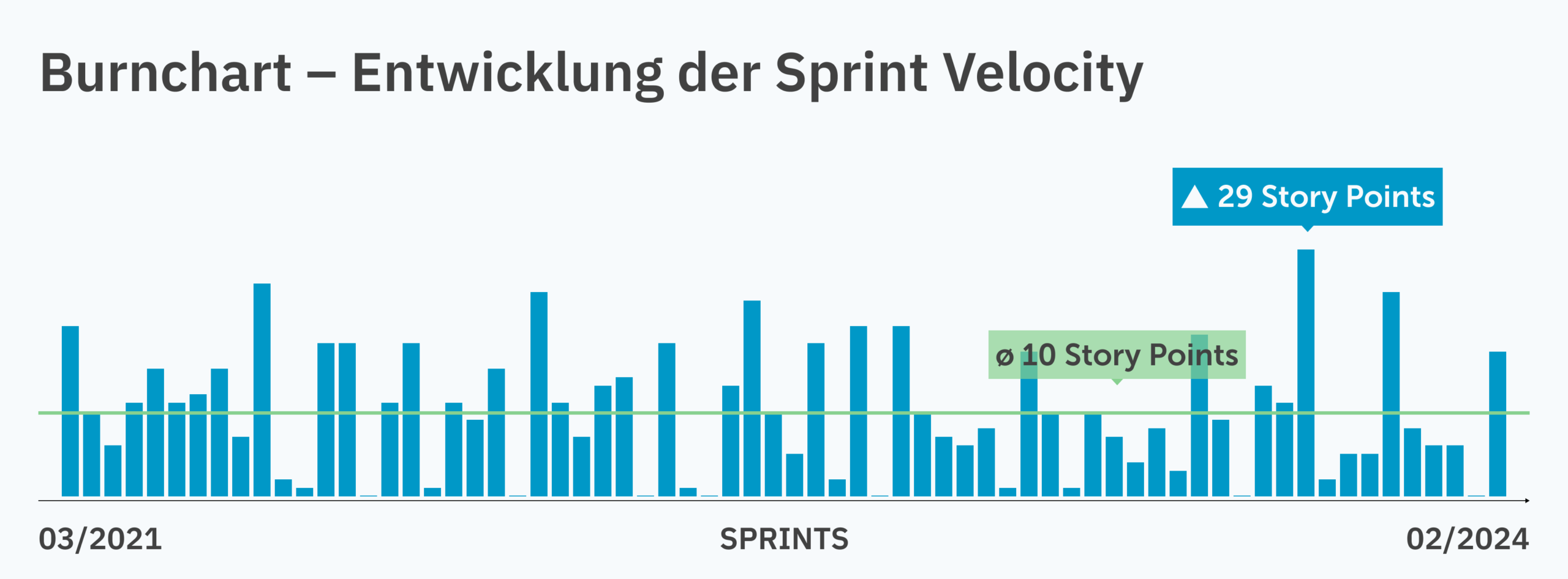
Over the course of the project, we continuously documented the implemented story points of the software created in each sprint. At times, we also had some sprints with zero story points and some spikes with 20 or more points. Our average velocity of 10 story points per sprint was very stable most of the time. An excellent help for estimating stories and planning for the future.
How did we manage that? What recommendations can we make after more than 3 years in this agile software project, which has been particularly successful for us?
Let’s
Develop
Rely on innovative UX designs that inspire your customers and increase conversion. As a UX agency, we develop intuitive and user-friendly solutions that lead your brand to success.
Success factors for digital product development
- Initial project kick-off with the entire project team (client and agency)
- Formulating project goals and project vision as a common basis
- Development of a story map as a backlog basis in the initial project kick-off in order to divide the project into work packages
- Cross-functional project team from both the agency and the client
- Product owner on the customer side with full decision-making authority for the product
- Open team communication at eye level
- Regular meetings to work together: Stand-ups, analysis meetings, refinement and reviews in the team. Regular retrospectives serve to improve teamwork.
- Measuring the team velocity in each sprint – the experience gained in this way is valuable for estimation and planning in the project
- Joint estimation of stories in the team – based on the (assumed) technical complexity
- Involve users to test each new feature (or to analyze development requirements)
- Regular refactoring of code and user interface ensures the highest quality even over a long development period
Don’t lose sight of the goal – thanks to user stories
User story mapping is a method used in agile software development to plan, maintain and prioritize the timing and content of individual software features to be implemented. A single user story is the smallest unit in the story map – a requirement for a software feature formulated from the user’s perspective. In addition to the basic specification of the feature, the user story can also contain acceptance criteria and other technical details.
User stories are a powerful tool for us to formulate complex software projects as a sum of smaller, manageable parts. This makes it easier to plan the implementation of a project and ensures the continuous delivery of valuable features.
Advantages of user story mapping
- Large product vision is broken down into epics, tasks and user stories and becomes “tangible”
- User stories are the smallest unit of what creates new “value” for users of the software
- User stories appreciated by the team are ideal for planning and prioritizing the next releases
- This plan can be changed at any time if new findings or events occur
- User stories invite discipline from the team when estimating and implementing: If a story is too difficult to estimate, it is usually too big and should be split up
- This ensures that the focus during implementation is on the essential benefit of each user story
- User stories should initially be built as simply as possible so that no time is lost. Enhancements and improvements can be subsequently submitted as part of new user stories
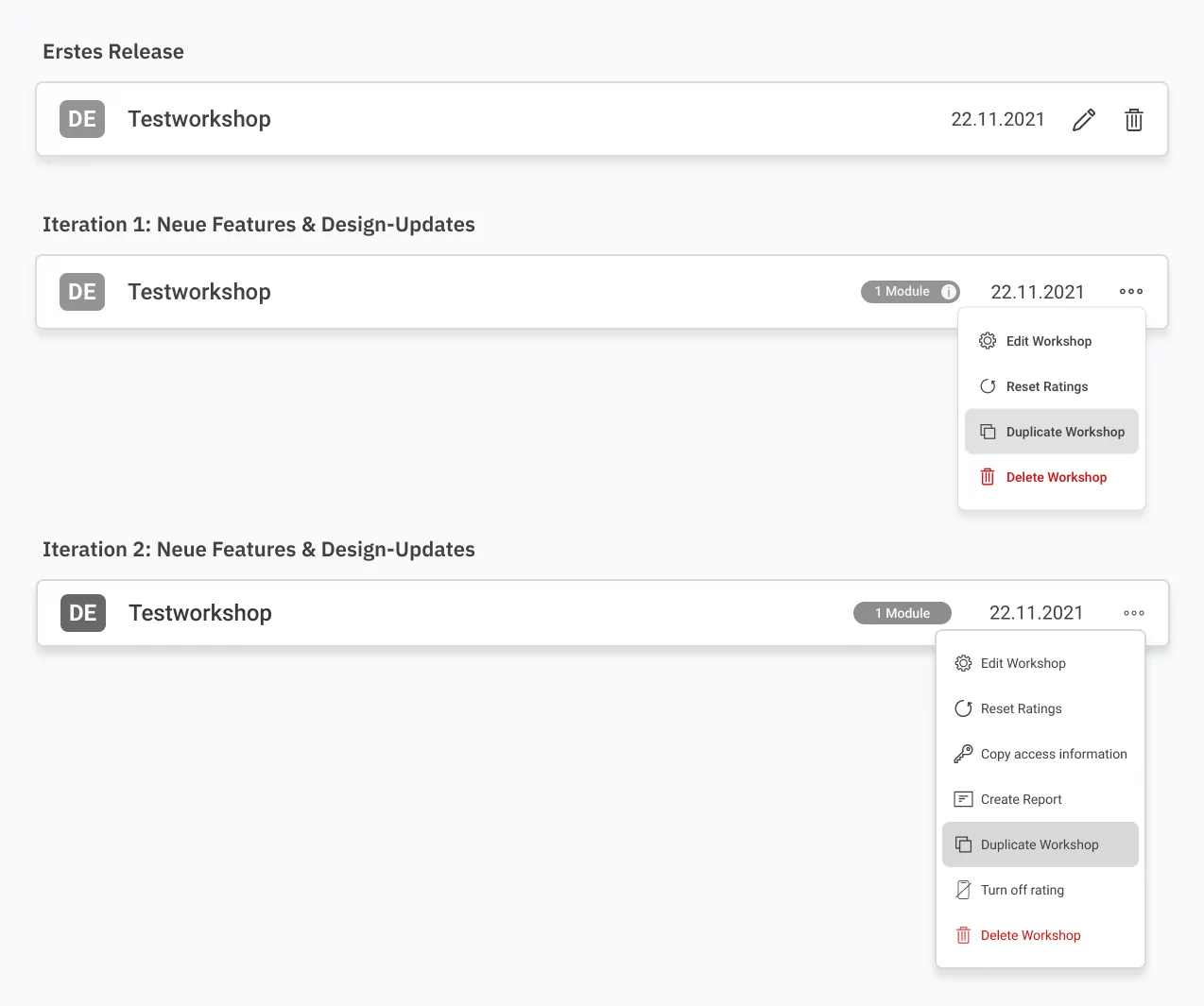
The image shows an example UI component from our software that illustrates the iterative development process: over time, more functions were added and design details revised.
The use of an agile workflow and user story mapping enabled us to achieve incomparably high speed in the project with consistently good output and ensured that a digital product was created that met the target vision on the one hand and could be dynamically adapted several times to new requirements and circumstances on the other.
This way of working is also very fulfilling for the product team and maximizes efficiency.
From the latest industry trends and the latest insights into AI and UX/UI design to exciting use cases.
Sign up for our monthly newsletter and stay up to date!
Stay
tuned
More articles
